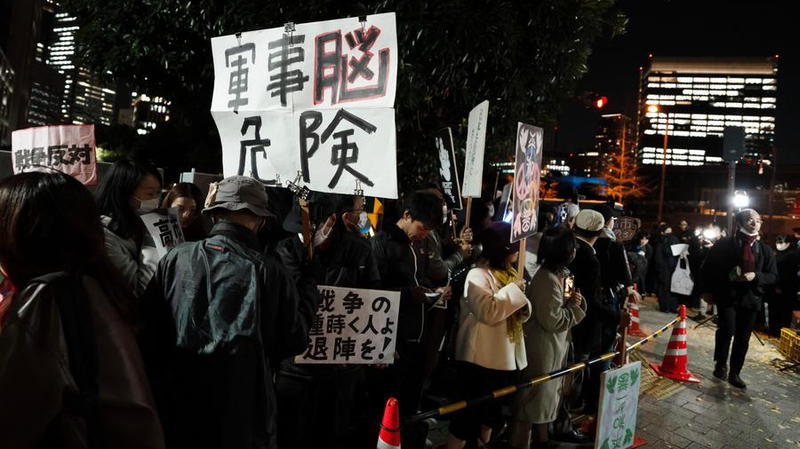On November 15, Chinese President Xi Jinping and U.S. President Joe Biden held a pivotal face-to-face meeting in San Francisco, marking a potential turning point in the historically complex relationship between the two global giants.
Amidst strained U.S.-China relations, the four-hour discussions aimed to bridge gaps and foster collaboration on critical issues. Key agreements emerged, including the resumption of military-to-military communications and joint efforts to combat the opioid crisis, particularly the production and distribution of fentanyl.
Navigating Towards Stability
The decision to reestablish military relations, previously halted following U.S. House Speaker Nancy Pelosi's visit to Taiwan, signifies a meaningful step towards mutual understanding and the prevention of potential conflicts. This move is especially crucial in the Asia-Pacific region, where miscommunications have previously heightened tensions.
Both leaders emphasized the importance of institutionalizing their discussions, reflecting a commitment to long-term stability. They concurred that major-country competition alone cannot address the complex challenges both nations face.
Moreover, the summit highlighted a shared recognition of the devastating impact of opioids on their societies. The collaborative stance on combating the opioid crisis underscores a unified approach to solving global health challenges.
Additional agreements include initiating intergovernmental dialogues on artificial intelligence and increasing direct flights between the two countries, as reported by a senior Biden administration official and a Chinese state broadcaster, respectively. These initiatives not only aim to ease bilateral tensions but also contribute to global peace and stability.
Reference(s):
Building bridges: Understanding the significance of Xi-Biden meeting
cgtn.com




